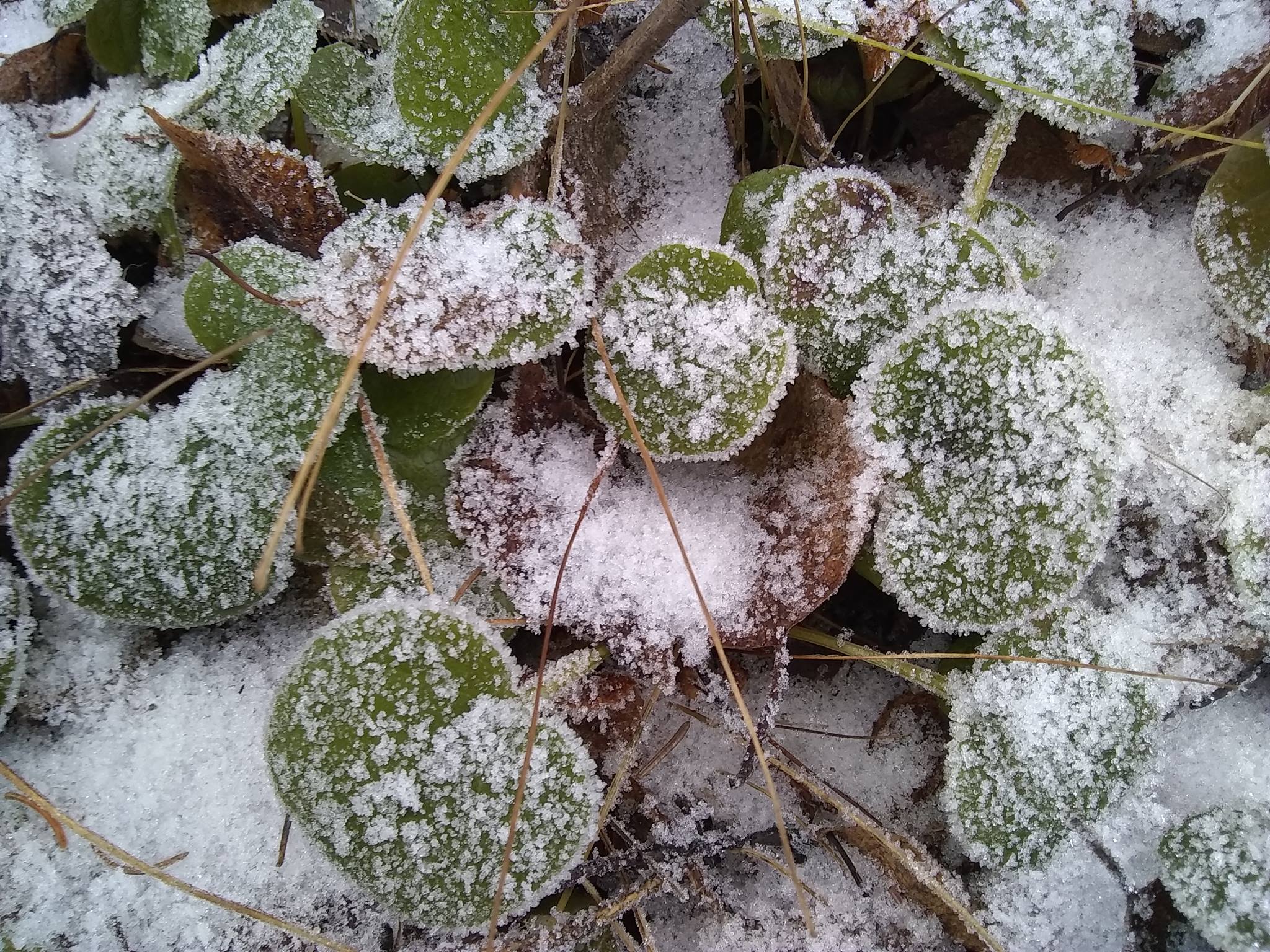Hey there. It might be fall, but that doesn’t mean you can’t start planning your garden now! I’ve gone over a lot of plants that grow natively to Alaska. But as you’ve seen, there are many others that you can grow. This list is not extensive, but it’s a great place to start. Here are some medicinal plants that aren’t native to Alaska you can grow in your garden next year!
Medicinal Plants Not Native to Alaska
Herbs
Not only are these medicinal, they are of course for food too!
Garlic – Garlic is well known for its antibacterial properties, both externally and internally. I’ve shared on Facebook the garlic tea. I’ll have another post soon about different teas for colds.
Dill – Dill can be used for flatulence, colic, and the seeds are for bad breath.
Coriander – appetite stimulant, indigestion, gas. I don’t use this one much. I prefer fennel when I have burps or gas.
Fennel – relieves gas, indigestion, colic, bronchitis, and coughs. This is my go to for when I have excess gas.
Peppermint – indigestion, gas, nausea, migraines, mental stimulant. I love drinking it at restaurants before eating.
Lemon Balm – indigestion, anxiety, depression, circulation. I love mixing it with yarrow to help with the winter blues.
Parsley – can be used as a diuretic, emmenagogue, indigestion, bladder infections, and for colic.
Rosemary – dandruff, thinning hair, indigestion, decongestant. I love the smell of the essential oil, so I put it in a massage oil, which is my most popular one.
Thyme – runny noses (sinusitis), digestion, throat gargle, astringent properties. When I have a runny nose, this is my go to herb.
Sage – colds, coughs, sore throats, breaks up mucous. I lump this one in with wormwood, even though they are different genuses.
Flowers

Daisies – Yes, daisies have a medicinal purpose. The entire plant can be used for coughs and congestion.
Poppies – the petals are what is used as a mild sedative and expectorant. I haven’t tried this one yet as I’ve not grown any myself.
Calendula – anti-inflammatory, anti-microbrial, skin afflictions. I love calendula for skin stuff. That’s why it’s in both my wound balm and bruise balm.
Evening Primrose – This one is usually is used as an oil, but it’s hard to harvest and successfully press the seeds to get the amount of oil yourself. It’s recommended that you eat the seeds for cold sores, PMS, pretty much anything to do with inflammation.
Other Plants
Lilac – I love the smell of lilac in the spring! It’s also a replacement for lavender as far as relaxation and burns.
Mullein – I haven’t tried growing this one myself, but a couple of people I know have. It can be used for coughs

Comfrey – This is something that I have growing in my yard. However, if you can find yourself some Chiming Bells, I recommend transplanting that instead. It has excellent healing properties due to the allantoin in it.
Related Articles
Other Herbs to Help While Pregnant
Herbs to Avoid During Pregnancy
Essential Oils, are they everything they’re cracked up to be?
Essential Oils versus infused oils: The Battle of Which is Better




